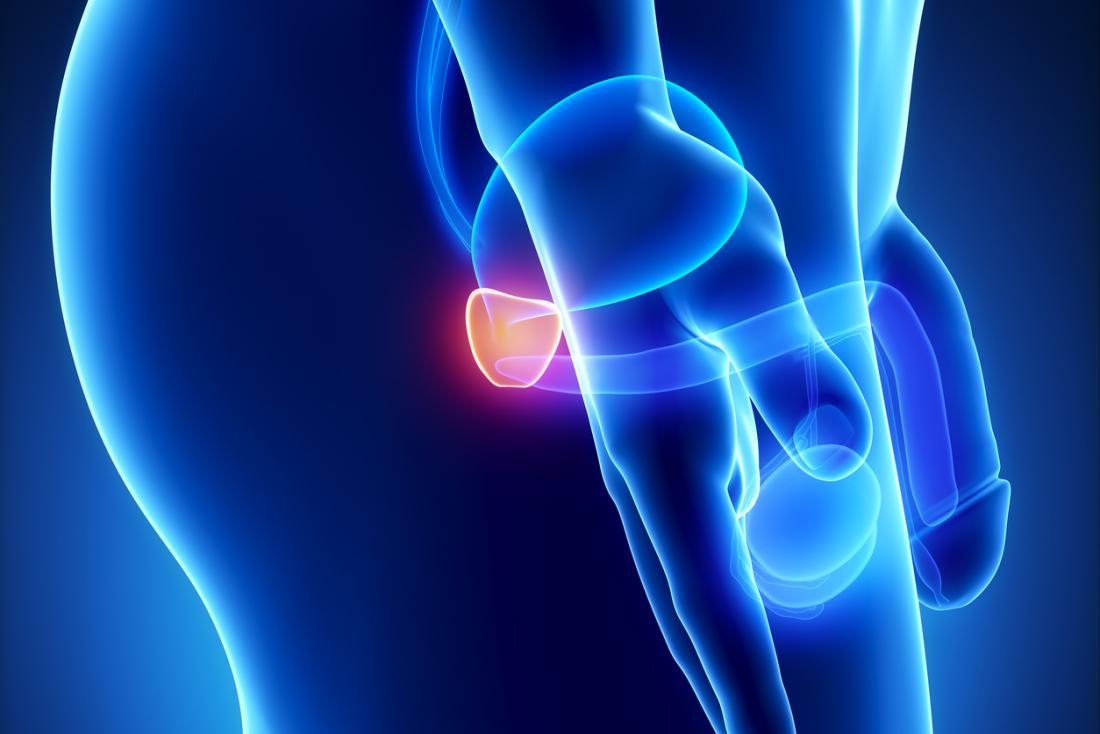Blog

Prostate is a small walnut-sized gland, which is a part of the male reproductive system. The main function of the prostate is to produce the seminal fluid, which forms a major part of the ejaculate. This contains substances which helps in liquefying the ejaculate hence helping the sperms to reach the female reproductive tract. Like other parts of the body, cancer can also develop in the prostate gland. It is the most common cancer amongst men affecting about 1 million males in India every year. If detected early it can be treated. But, any delay in its diagnosis enables it to spread across the bones and lymph nodes of the body.
The diagnosis of prostate cancer is done on the basis of symptoms, examination and certain tests. A digital rectal examination (DRE) is done by a urologist to check the prostate. He looks for any hardness of the prostate gland and the presence of any nodules. After this he orders a PSA (Prostate Specific Antigen). The normal range of PSA is 0-4 ng/ml.
PSA is a substance produced by your prostate gland. It is a kind of bio-marker, which if increased in levels may indicate the presence of prostate cancer. Most urologists will also ask for a trans-abdominal ultrasound of your kidneys, bladder and prostate. This tells about the size of the prostate. At times a trans-rectal ultrasound is also done to assess the prostate better and to know the status of adjacent organs such as seminal vesicles.
If the digital rectal examination is suggestive of some abnormality and the PSA level is raised then prostate cancer is suspected. The next step is to confirm the diagnosis. To do so an ultrasound guided trans-rectal biopsy of the prostate is done. In this, tiny cores of prostate tissues (around 12 in number) are taken with the help of a fine needle under ultrasound guidance. These tiny bits of tissues are then sent for histopathological examination to determine whether they are cancerous or non-cancerous. If cancerous the pathologist will assign what is called the Gleason score to the tissue. The Gleason score for cancer ranges from 6 to 10. The higher the score, the higher grade the cancer would be.
Next step is the staging of the disease. This means to find the extent of its spread locally and in cases of advanced cancer to other parts of the body. This is done on the basis of MRI, bone scans and specialised scans such as PSMA scans. These tests tell us whether the cancer is confined to the prostate gland only or has spread outside it involving the adjacent organs, bones or lymph nodes.
Staging is done to determine whether the cancer is confined only to the prostate gland or has spread outside it involving other parts of the body also.
The staging system for prostate cancer is:
STAGE I: The cancer involves only one lobe of the prostate.
STAGE II: The cancer is larger or involves both lobes of the prostate. But, it has not spread outside the prostate.
STAGE III: The cancer has spread outside the prostate involving adjacent organs such as the seminal vesicles.
STAGE IV: The cancer has spread to the bones and other parts of the body.
Another system for risk assessment of prostate cancer is the D’Amico System, which combines the PSA level, the Gleason score on the basis of biopsy and clinical stage based on radiological examination.
LOW RISK
INTERMEDIATE RISK
HIGH RISK



